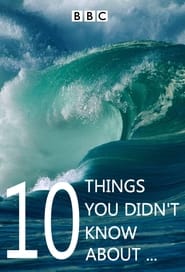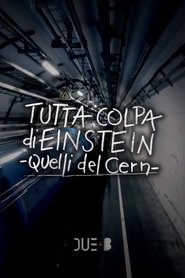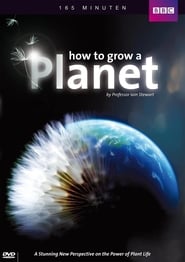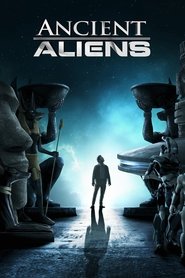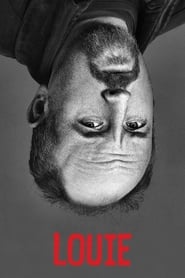
60 Lub Caij
1162 Zaum
Horizon - Season 37 Episode 2
On a barren desert in South America lies one of the greatest archaeological puzzles in the world. Etched in the surface of the desert pampa sand are hundreds of straight lines, geometric shapes and pictures of animals and birds - and their patterns are only clearly visible from the air. They were built by a people called the Nasca - but why and how they created these wonders of the world has defied explanation. On the pampa, south of the Nasca Lines, archaeologists have now uncovered the lost city of the line-builders, Cahuachi. It was built nearly two thousand years ago and was mysteriously abandoned 500 years later. New discoveries at Cahuachi are at last beginning to give us insight into the Nasca people and to unravel the mystery of the Nasca Lines. Distorted heads The Lines were first spotted when commercial airlines began flying across the Peruvian desert in the 1920's. Passengers reported seeing 'primitive landing strips' on the ground below. No one knew who had built them or indeed why. Since their discovery, the Nasca Lines have inspired fantastic explanations. SpiderPerhaps most famously, the Austrian writer Erich von Danikken claimed that they were evidence that the earth had been visited by extra-terrestrials. The lines, he said, were runways for their spacecraft. Scientific study began in the 1940s with the arrival of a German mathematician and astronomer called Maria Reiche. She lived at Nazca until her death in 1998 and was known as the Lady of the Lines. Reiche believed that the lines were a sophisticated astronomical calendar. However, in 1965, astronomer Gerald Hawkins came to Nazca and used computers to check Reiche's theory. Hawkins could find no correlation between the lines and the stars. Giuseppe Orefici Italian archaeologist Giuseppe Orefici has been excavating the immense Cahuachi site for the last 17 years. Every year he brings a team of specialists to South America for three, intensive months of excavation. Horizon joined Orefici and his team in the hot, windy months of 1998 and this is a fascinating record of their extraordinary finds. Woven clothCahuachi is emerging as a treasure trove of the Nasca culture. As Orefici and his team excavate, discoveries of paintings on preserved pottery, and the ancient technique of weaving that the Nasca people developed, have given an insight into how the lines may have been made, and what they might have been used for, more than 1500 years ago. MummyMost exciting is the discovery of human remains. Stunningly preserved in the dry soil of the Peruvian desert are the mummified bodies of the Nasca themselves. Orefici's colleagues Brian Harrison and Andrea Drusini carry out modern autopsies on these remarkable finds, and reveal the strange world and rituals of the Nasca people. CahuachiOriginally believed to have been a military stronghold, Cahuachi is now reckoned to be a place of ritual and ceremony, and Orefici's stunning new evidence confirms this idea. Cahuachi is now revealed to have been abandoned after a series of natural disasters destroyed the city. But before they left it, the Nasca people covered the city in the arid pampa sand where, until recently, it has remained a barely visible mound in the desert.
- Xyoo: 2024
- Ncig Teb Chaws: United Kingdom
- Genre: Documentary
- Studio: BBC Two
- Cov ntsiab lus:
- Tus Thawj Coj:
- Pov Pob Tseg:



 "
"